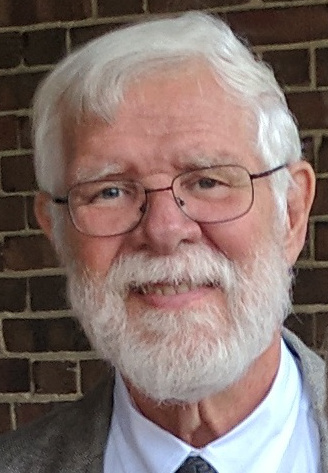Virtual Music Jamming With Low Latency Networked Systems

With covid-19 restrictions on indoor gatherings, it has been difficult for musicians to get together for in-person musical performances or practice sessions. However, there are a number of networked system applications that potentially allow on-line "virtual" jamming. The key to good performance is low-latency network connections and audio systems with low-latency ADC/DAC components and computationally efficient algorithms for network communications. Another stumbling block for many musicians is that the technology is often hard to understand or use.
Working with John Lombardo, and IEEE-Madison member and leader of a local Jazz group, SwingTime Music, the author built and tested a number of "musical appliances" based on the Raspberry Pi with sound cards or USB connected DAC/ADC boxes. In addition, Anton Kapela and 5Nines, a Madison-based data technology company, put up virtual servers and helped establish low-latency routing from local musicians to the server. The result is an acceptable level of delay that supports virtual jamming.
A second goal was to develop a simple appliance that students of musc could use with little or no fuss and that could be controlled by a simple browser. That goal was met by using a pre-built operating system (Jambox) with real-time preemption and a VNC interface that is accessed with a browser. The system supports both client/server jamming and peer-to-peer jamming without having to configure complex firewall routers on the typical home ISP box. It does, however, have to be connected via a wired Ethernet cable for lowest, consistent latency.
Date and Time
Location
Hosts
Registration
-
 Add Event to Calendar
Add Event to Calendar
- Contact Event Host
-
Matt Nowick
Chair, Madison IEEE Entrepreneurs and Consultants Network (ECN)
- Starts 04 April 2021 02:00 AM UTC
- Ends 15 April 2021 02:44 AM UTC
- 4 in-person spaces left!
- No Admission Charge
Speakers
 Tom Kaminski
Tom Kaminski
Virtual Jamming with Low Latency Networked Systems
The project ionvlves adapting inexpensive Raspberry Pi hardware (P3B, and Pi4B) with USB or PiHat ADC/DAC equipment connecting to virtual and physical servers (5Nines data center virtualization hosts and RaspberryPi4B) for low-latency music jamming.
Biography:
Tom Kaminski is a retired instructor of Automation from Madison College. He has been working on using SoCs to solve system integration problems for years and has several products using SoCs under development, including a Sonic Boom recorder for use by NASA, a Community Noise Monitor, and a Light-Rail Ride Quality device. The music applications from this talk are a natural extension of the previous sound recording work.
Email:
Address:Madison, United States
 Tony Kapela of EdgeMicro, 5Nines
Tony Kapela of EdgeMicro, 5Nines
Technical Latency Issues, Latency, Coding, Network Protocols
In this presentation, I intend to speak to the general question of "what causes latency?" Major contributors include oversampling ADC/DAC techniques, USB, SPI, popular CODECs, and other input/output components of modern computer systems, as well as various software abstractions to use them. Almost unavoidably, latency creeps in. I will also discuss the current and previous work in various CODEC and forward error correction spaces with regards to forms of reliable and multi-path networks. Finally, I'll touch upon the latest work in Network Coding going on at MIT and Multipath TCP within the Internet Engineering Task Force.
Biography:
Anton Kapela is CTO and co-founder of EdgeMicro, his most recent venture into exploring the limits of Internet architecture through the lens of edge networking and services. Previously, Anton co-engineered and built the lowest-latency microwave relay network between Chicago and New York city for high-frequency trading clients. His background begins in EE, winds through physics, and ends up in applied computer sciences and communications networks. His latest research work and activities have been focussed on integration of global Internet-scale routing with mobility networking, and is now the subject an accepted US patent entitled "Data routing in communications systems."
Email:
Agenda
6:45 Virtual Meeting Starts -- tune up your equipment phase
7:00 Talk technical details
8:00 Virtual Jam Session with a local band
NOTE: Virtual Access URL will be emailed to all registered users. You MUST register with a vallid email address!
